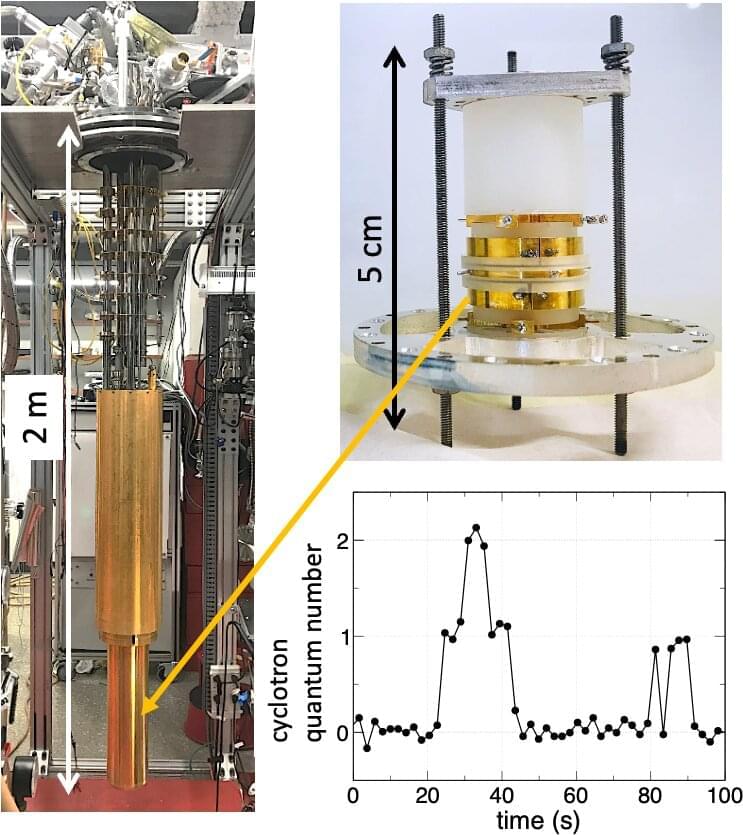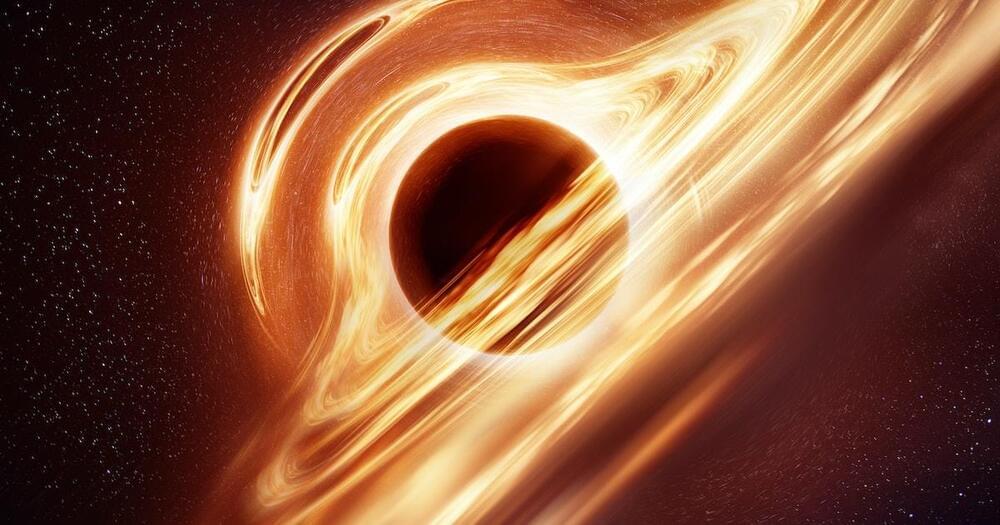What is behind dark energy—and what connects it to the cosmological constant introduced by Albert Einstein? Two physicists from the University of Luxembourg point the way to answering these open questions of physics.
The universe has a number of bizarre properties that are difficult to understand with everyday experience. For example, the matter we know, consisting of atoms and molecules and other particles, apparently makes up only a small part of the energy density of the universe. The largest contribution, more than two-thirds, comes from “dark energy”—a hypothetical form of energy whose background physicists are still puzzling over.
Moreover, the universe is not only expanding steadily, but also doing so at an ever-faster pace. Both characteristics seem to be connected, because dark energy is also considered a driver of accelerated expansion. Moreover, it could reunite two powerful physical schools of thought: quantum field theory and the general theory of relativity developed by Albert Einstein. But there is a catch: calculations and observations have so far been far from matching. Now two researchers from Luxembourg have shown a way to solve this 100-year-old riddle in a paper published by Physical Review Letters.








